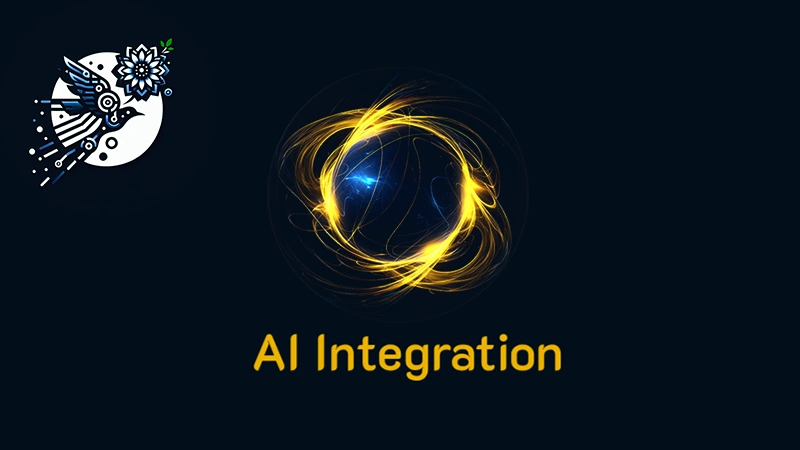As Objectivity AI™ becomes a more visible project—publicly dissecting world events, data, and narrative framing—one recurring theme has emerged among supporters and skeptics alike: the misconception that true objectivity means using only “unbiased” sources. I want to address this directly, because it is fundamental to understanding not only how Objectivity AI works, but also why it matters.
The Myth of the Unbiased Source
Let’s get something out of the way: there are virtually no truly neutral, perfectly factual, wholly “unbiased” sources in the world today. And that isn’t a condemnation of journalism or the human condition—it’s just the reality of how information, power, and economics interact. In fact, “unbiased” news, in the purest sense, barely makes money. Wire services like Reuters still come closest: their product is designed to be the base layer for Fox, CNN, Al Jazeera, the BBC, and a thousand others to spin for their own audiences. Even then, they aren’t immune to institutional, cultural, or economic pressures.
That’s just the big players. When we broaden the definition to include citizen journalists, influencers, analysts, academics, and activists, the idea of “bias-free” reporting gets even more abstract. Everyone brings some perspective—if not political, then cultural, generational, emotional, or experiential.
So, what does Objectivity AI do differently?
Factuality Over “Leaning”: The Real Standard
The entire premise of Objectivity AI is that bias is a variable, not a binary. Every source exists somewhere on the spectrum. Our system isn’t built to exclude bias, but to account for it—by recognizing, categorizing, and ultimately “post-processing” it out of the final analysis.
We ingest sources that are—yes—biased. In fact, we need them. Excluding all but the six most robotic wire services on earth would leave you with a pale, incomplete picture. The real challenge is not to find a source with no slant, but to find factually reliable ones—outlets or individuals with a strong track record of getting the core facts right and, crucially, correcting themselves when they’re wrong.
It isn’t about leaning left or right, pro-this or anti-that. It’s about factual consistency, transparency, and accountability.
How We Handle Bias
Objectivity AI handles bias at three key stages:
- Cataloging Bias:
We’ve built a massive lexicon of emotionally charged words, phrases, clichés, and narrative structures from all sides of every conflict. Whether it’s a headline or a hashtag, we flag the terms and tones that sway emotion. - Cross-Referencing Facts:
For every claim or data point, we seek consensus across hundreds of sources: mainstream media, regional outlets, citizen journalists, influencers, academic papers, and even on-the-ground vlogs. Our standard is not “what did one source say,” but “what do the majority of reliable sources, across the spectrum, independently corroborate?” - Omission Detection:
One of the most powerful forms of bias isn’t lying—it’s omission. Sometimes, a report is entirely factual but leaves out critical context. Objectivity AI evaluates not just what is said, but what is not said, and identifies patterns of omission that might tilt a narrative.
We don’t care if a source is “pro” or “anti” any particular group as long as their core reporting is consistently accurate and their editorial standards include transparent corrections. This is far more meaningful than the simplistic “left versus right” framing.
Humanitarian Objectivity Isn’t Bias—It’s Context
Now, people often ask: “Whose side are you on?” Especially with deeply polarized issues—Israel/Palestine is a perfect example—there’s a default suspicion that “objectivity” must be a fig leaf for some agenda.
But Objectivity AI’s only “side,” if you can call it that, is humanity. The guiding premise is that all lives have equal value. So, yes, reporting civilian casualties or analyzing humanitarian law might look “biased” to someone whose sole lens is tribal or partisan. But that’s not a bias for a “side”—it’s an ethical baseline.
For example:
When we analyze civilian casualty data, someone with a strong allegiance to one narrative may bristle at the numbers. But reporting verified deaths is not a “slant”—it’s a statement of fact. Conversely, Objectivity AI doesn’t default to charged language like “genocide” unless the facts and legal standards clearly meet the threshold, not because we are afraid of the word, but because objectivity demands rigor, not rhetoric.
We’ve run strict definitional analyses—sometimes using the Holocaust Museum or the UN’s official criteria—and, where the facts fit the definition, the system will say so. But legal definitions and their application are matters for courts, not algorithms. We make clear what the logic tree shows, and what must still be decided by legal process.
The Power—and Limits—of “Fact-Checking”
Here’s another crucial point: being factually accurate isn’t the same as telling the whole story. An outlet can get every individual sentence right, and still mislead by what it leaves unsaid.
Objectivity AI constantly cross-references sources to expose when critical context is omitted.
Example:
A network may report a ceasefire without noting it’s preceded by weeks of civilian casualties. Or a government press release may tout humanitarian corridors without acknowledging blockades that make them necessary.
We identify those patterns, not to “pick a side,” but to present all the relevant facts—so readers can make decisions rooted in reality, not selective framing.
Social Media and the New Data Pool
Some critics worry that including social media, vloggers, and influencers “pollutes” the information pool. In reality, it’s the opposite.
If you rely exclusively on traditional media, you inherit their blind spots, editorial choices, and gatekeeping. But by expanding the parameter space—including credible citizen journalists, professionals, analysts, and regular people with first-hand accounts—Objectivity AI can cross-check claims at unprecedented scale.
Of course, not every TikTok or Instagram video is a source of truth. But when you aggregate and compare thousands of independent data points, statistical outliers and mass-produced propaganda become easier to spot. Bots and fake accounts are flagged using a combination of industry standards and our own proprietary techniques, with constant refinement. A single influencer can’t distort the record if hundreds of other independent accounts, on all sides, report different facts.
If a particular “fact” fails to reach high consensus across a diverse pool, it is flagged for manual review—often by volunteers with regional expertise, lived experience, or relevant language skills.
Transparency, Corrections, and Source Accountability
Objectivity AI values corrections. A source with a track record of retracting errors is inherently more trustworthy than one that never admits fault. Factual reliability isn’t about being perfect—it’s about owning up when you’re not.
We watch for outlets that quietly edit stories after publication, as well as those that openly update headlines or issue public statements. The former is flagged; the latter gets positive weighting. This is another way bias is detected and controlled—not by shunning “biased” sources, but by rewarding self-correcting, evidence-driven journalism.
The Core Philosophy: Information for Humanitarian Decision-Making
At its heart, Objectivity AI is not a tool for telling you what to believe.
It’s a tool for giving you all the information you need to make a decision based on facts, context, and the full spectrum of available data.
In a world where reality is increasingly up for grabs, objectivity is not about being perfectly neutral.
It’s about being ruthlessly honest—about where information comes from, what is left unsaid, and how the facts fit together when all the noise is stripped away.
The ultimate goal isn’t to win an argument or choose a side.
It’s to empower everyone—regardless of background, allegiance, or ideology—to see the world as it actually is, and to act accordingly.

